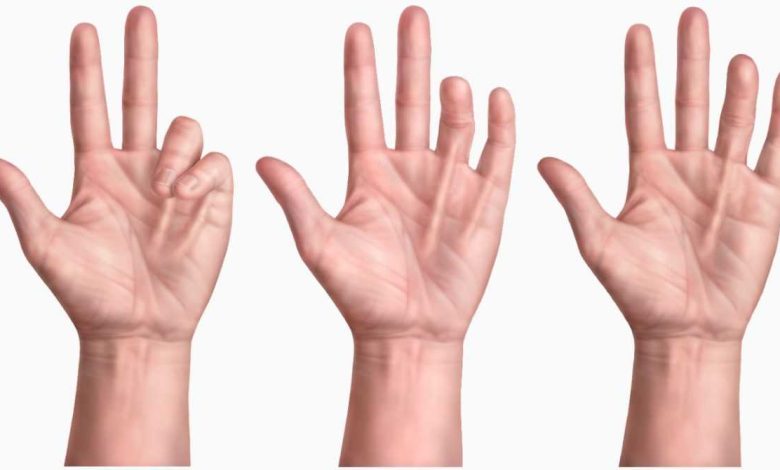Contracture Dюpюitrena

Dupuytrens Contracture
What is Dupuytren's contracture?
Dupuytren's contracture is a thickening and shortening of the muscle fascia and tendons, one type of contracture – decreased mobility of non-bone tissues. Fascia – connective tissue, covering the muscle fibers. Dupuytren's contracture leads to flexion deformities of the fingers, in which the fingers are bent inwards palm and difficult or impossible to rectify.
Dupuytren's contracture causes
The exact cause of Dupuytren's contracture is unknown. It is believed, that in some people the disease can be inherited.
Risk factors for Dupuytren's contracture
Factors, which can lead to increased risk of Dupuytren's contracture:
- Age: 40 and older;
- Paul: male;
- A parent with Dupuytren's contracture;
- Hand injury;
- Lesson manual labor;
- Vibration in the workplace;
- Alcohol abuse;
- Epilepsy;
- Use of certain anticonvulsant medications for epilepsy;
- Liver disease;
- Smoking;
- Diabetes.
Symptoms of Dupuytren's contracture
First symptoms of finger flexion / soft fingers, but over time they can progress and worsen. The rate of progression of symptoms of Dupuytren's contracture different for different people.
The ring finger is usually bent first, then in the process it involves little finger, middle and index fingers. Dupuytren's contracture can affect the fingers on one or both hands. The first physical sign of the disease – nodule in the palm at the base of the finger. Lace is manifested in the form of a small thickening of the fascia under the skin. In some cases, the nodules may be sensitive to touch, although in most cases Dupuytren's contracture is not painful.
With the development of contractures, bundle becomes like a thickened fibrous cord, which extends in a finger under the skin. To the extent that, as the cord thickens and shortens, injured finger is bent toward the palm side, then straighten the finger becomes difficult or impossible.
Diagnosis of Dupuytren's contracture
The doctor will ask about your symptoms and medical history and perform a hand inspection. In some cases, appointed by the US, CT or MRI of the hand.
Treatment of Dupuytren's contracture – How to treat Dupuytren's contracture
When symptoms of Dupuytren's contracture are mild and do not affect the normal functioning of the hand, no treatment required. In other cases, treatment may include:
Dupuytren's contracture surgery
Surgical treatment is the most effective, when the disease is in progress nodules.
Depending on disease progression, operation may include:
- Performing small incisions in the thickened tissue;
- Removing diseased tissue;
- Removing diseased tissue and skin, and then transplanting to the damaged areas of skin;
- Percutaneous needle fasciotomy.
Exercise therapy after surgery
Classes are required, to restore full range of motion and function of the reconstructed finger(and).
Dupuytren's contracture can recur after surgery.
Injections of drugs
Introduction of intravenous corticosteroids in nodules in the early stages of the disease can sometimes:
- Delay the progression of disease and ill health;
- Reduce pain, which can be felt in knots.
Another drug, which can be introduced into nodules, It called collagenase Clostridium histolyticum. This biological drug destroys tissue thickening.
If you are diagnosed with Dupuytren's contracture, in the treatment follow the doctor's instructions.
Prevention of Dupuytren's contracture
There are no guidelines for preventing Dupuytren's contracture, as the cause of its occurrence is unknown. Regular medical examination allows to detect the disease in its early stages.
